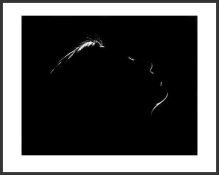Cymen
Member
What is the difference between using a dichroic head with under the lens filters versus a dichroic color head with the built-in filters? I assumed dichroic head meant color dichroic head and thus brought an enlarger that is so named yet came with an empty box where the color filters are in the color head version.
Am I missing only a slight convenience by not having built-in color filters? Or is there more to it? I have seen this discussed in terms of condenser or cold head with under lens filters versus diffusion with built-in filters but not the case where both heads have diffusion light sources.
Am I missing only a slight convenience by not having built-in color filters? Or is there more to it? I have seen this discussed in terms of condenser or cold head with under lens filters versus diffusion with built-in filters but not the case where both heads have diffusion light sources.











